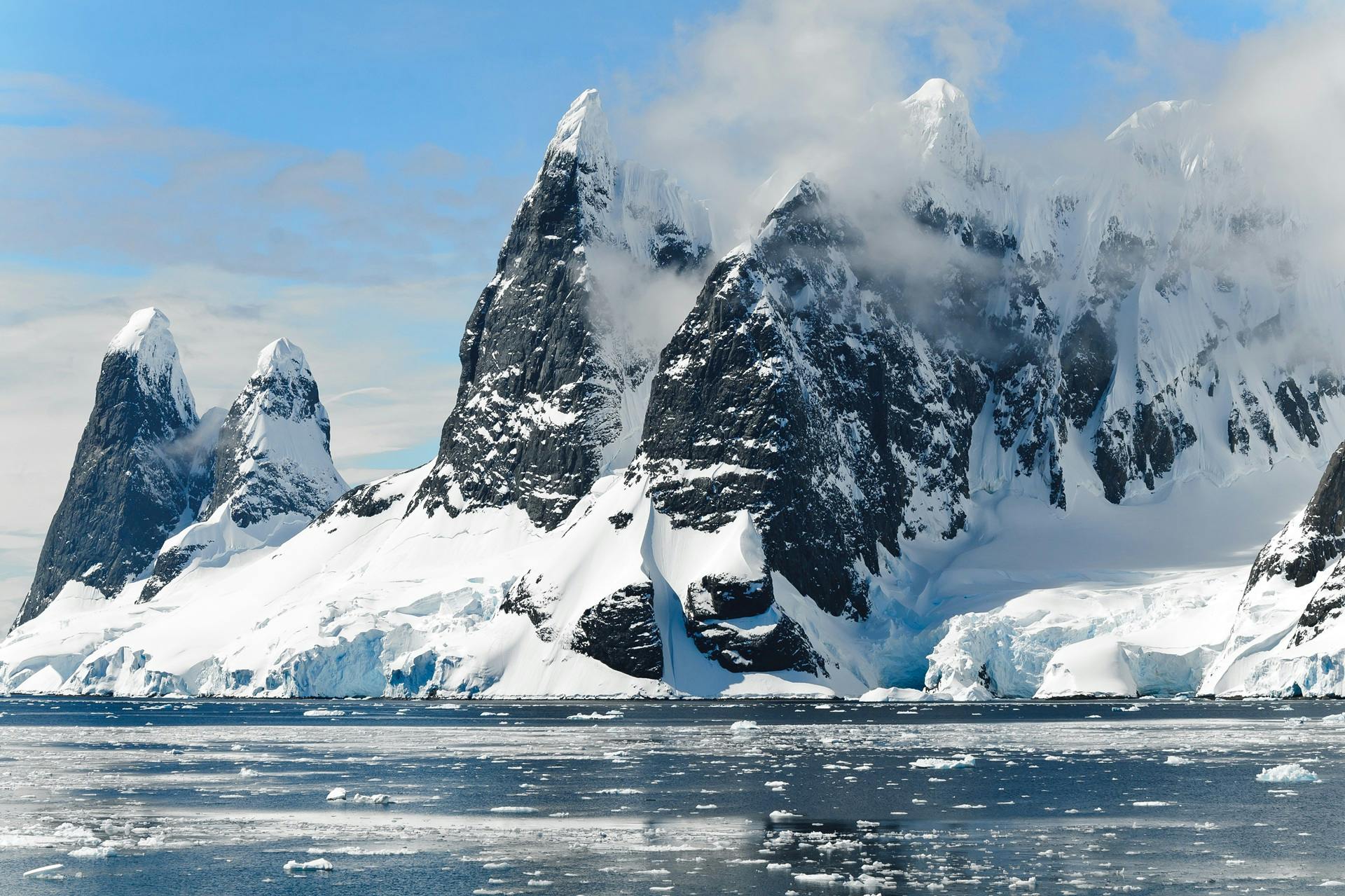Photo by Michelle Pitzel
Officials have shut down the remote krill fishery near Antarctica after trawling for the tiny crustacean exceeded the seasonal catch limit for the first time, marking an unprecedented early closure in the world’s southernmost fishery.
The Commission for the Conservation of Antarctic Marine Living Resources (CCAMLR), the international organisation that manages the fishery, confirmed the closure earlier this month of the 2024-25 season after fishing hit the 620,000 metric tonne limit. The season should have extended until December.
Record-breaking fishing surge
The unprecedented closure follows a record surge in krill catch after a longstanding conservation framework was allowed to lapse with no plan in place to handle growing pressures. In the 2023-24 season, a fleet of 12 trawlers from mostly Norway and China caught 498,350 tonnes of krill — until now the largest harvest since CCAMLR began collecting catch data in 1973.
The lack of a new management plan has allowed industrial trawlers this season to essentially fish anywhere at any time, including in smaller habitats preferred by whales, penguins and seals. In one hot spot, the catch through June 30 was nearly 60% higher than all of last season’s haul, according to an internal CCAMLR report.
Failed conservation efforts
The US, Russia, China and two dozen other governments failed last year to approve a new management plan that would have mandated spreading out the area in which krill can be caught and create a California-sized reserve along the environmentally sensitive Antarctic Peninsula.
Growing pressures on krill stocks
Krill is one of the most abundant marine species in the world, with an estimated biomass of 63 million metric tonnes. However, advances in fishing, climate change and growing demand for krill’s Omega-3 rich oil — for fishmeal, pet food and human dietary supplements — have increased pressure on the krill stocks.
Human-wildlife conflict
The competition between humans and whales has become increasingly apparent. Three humpback whales were found dead or seriously injured last year in the long, cylindrical nets deployed by vessels to vacuum up the paper-clip sized crustacean.
Climate change implications
Beyond their vital role in marine ecosystems, researchers are increasingly focusing on krill’s role as a bulwark against climate change. One peer-reviewed study found that krill remove from the atmosphere and store in the ocean 20 million tonnes of carbon annually — equivalent to taking 5 million cars off the road every year.
Ecosystem importance
Antarctic krill serves as a vital food source for whales, penguins, seals and other marine life in the Southern Ocean. The tiny crustacean forms the foundation of the Antarctic food web, making the sustainability of krill populations crucial for the broader marine ecosystem.
Management challenges
The early closure highlights the challenges of managing resources in Antarctica, where international cooperation is essential but often difficult to achieve. The absence of agreed conservation measures has allowed fishing to proceed without the spatial and temporal restrictions that scientists argue are necessary to protect vulnerable marine habitats.
Future conservation concerns
The record catch and early closure underscore growing concerns about the sustainability of Antarctic krill fishing in the face of climate change and increased commercial pressure. With no new management framework in place, similar scenarios could occur in future seasons, potentially threatening both marine ecosystems and the climate benefits that krill populations provide.
The unprecedented shutdown serves as a stark reminder of the urgent need for international cooperation to balance commercial interests with conservation requirements in one of the world’s last pristine marine environments.
